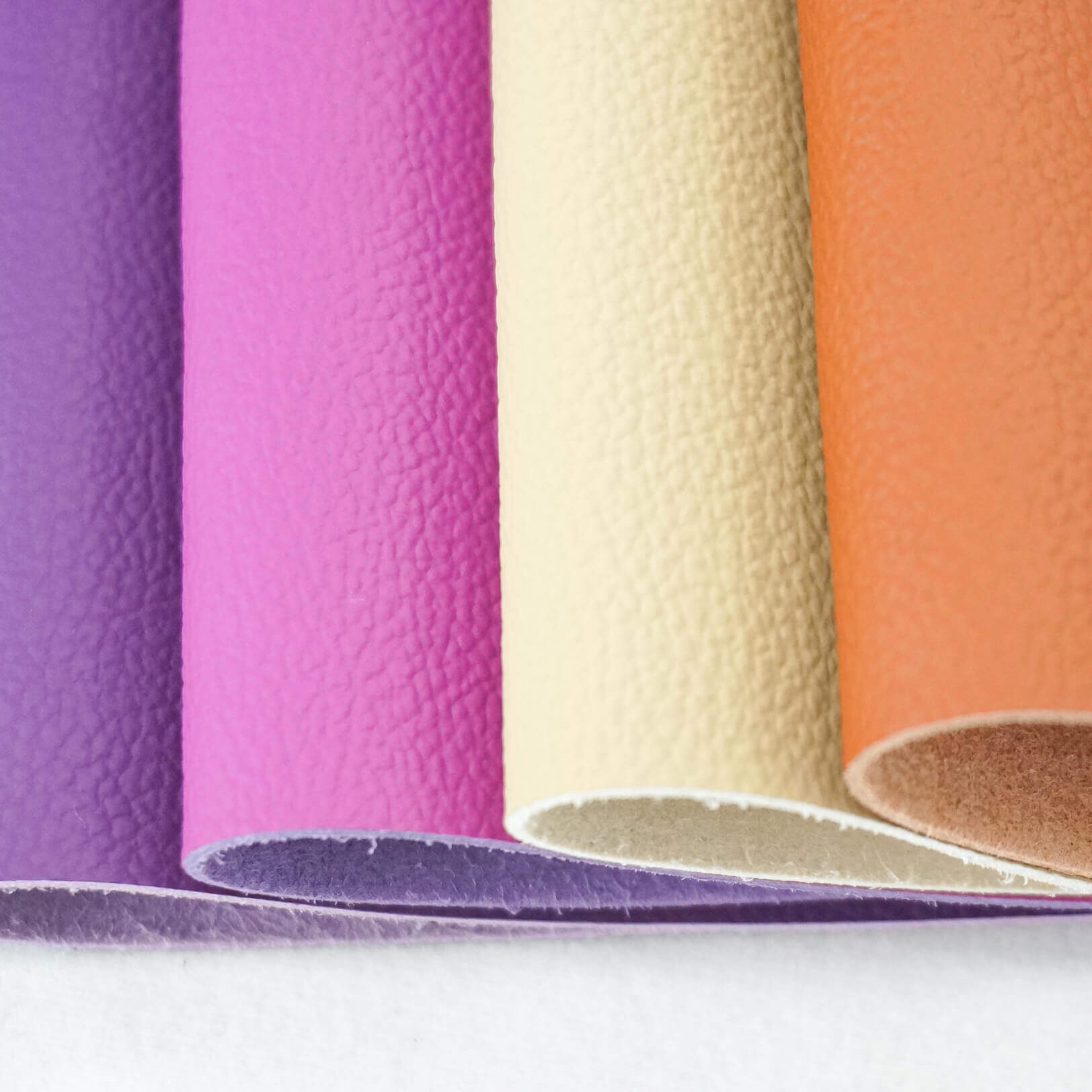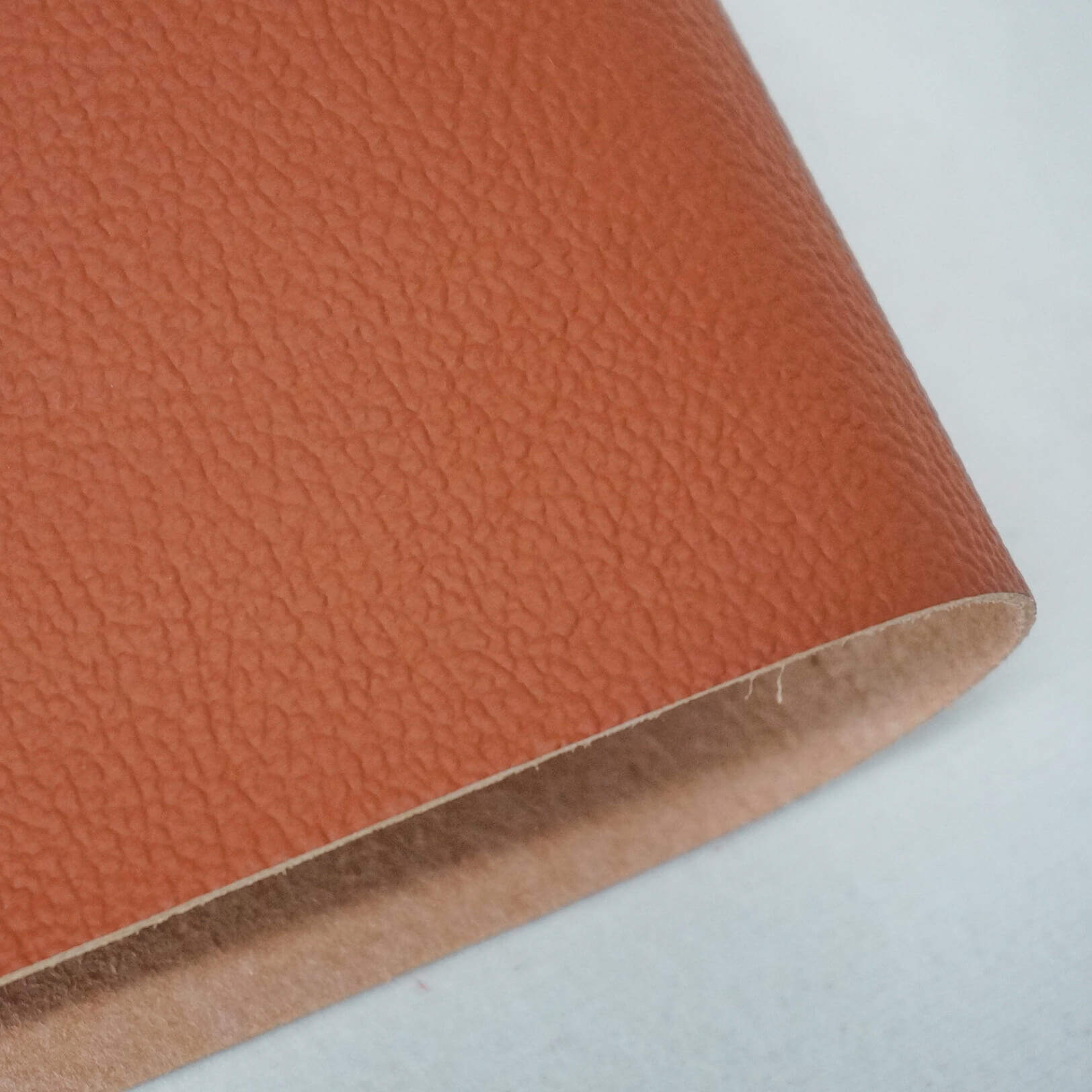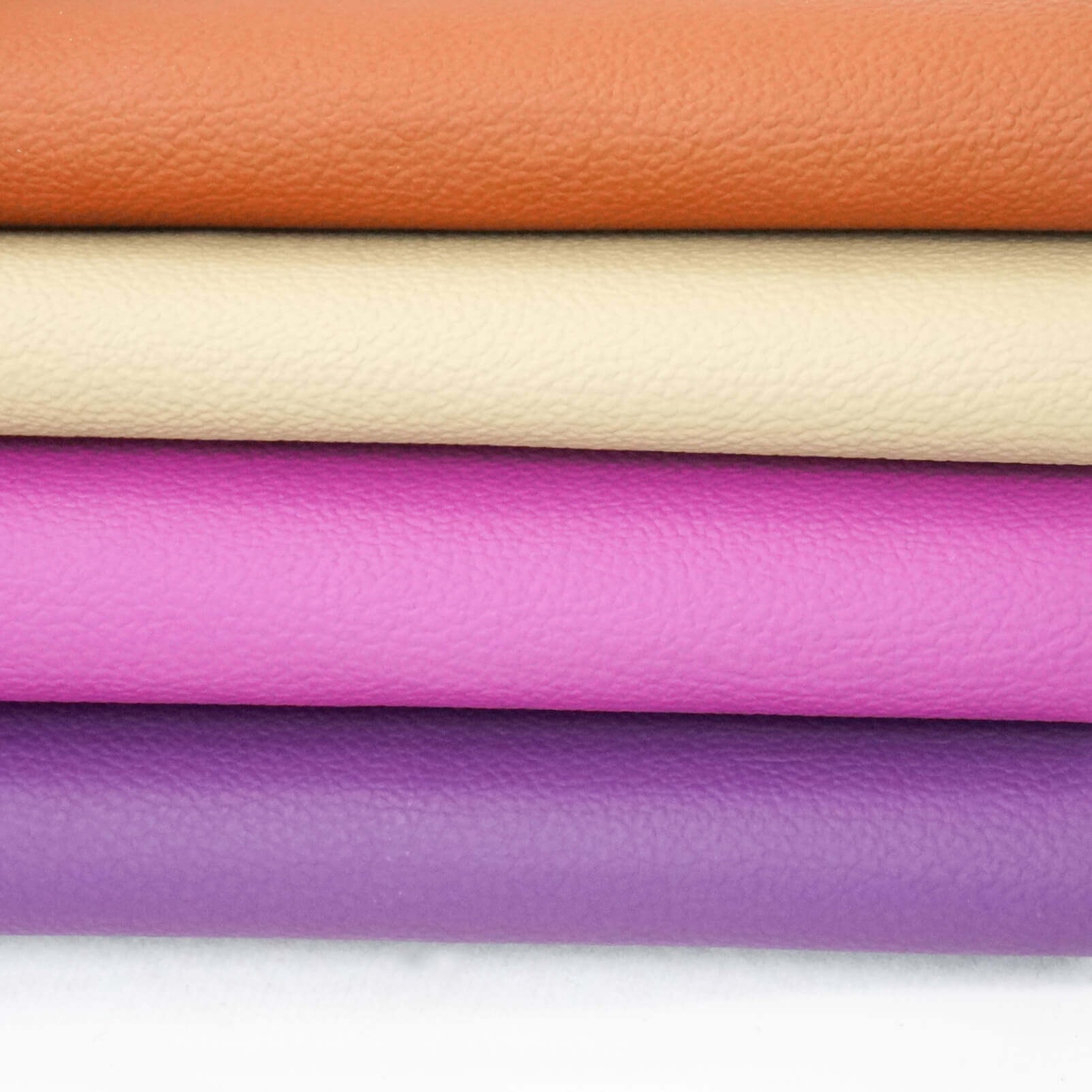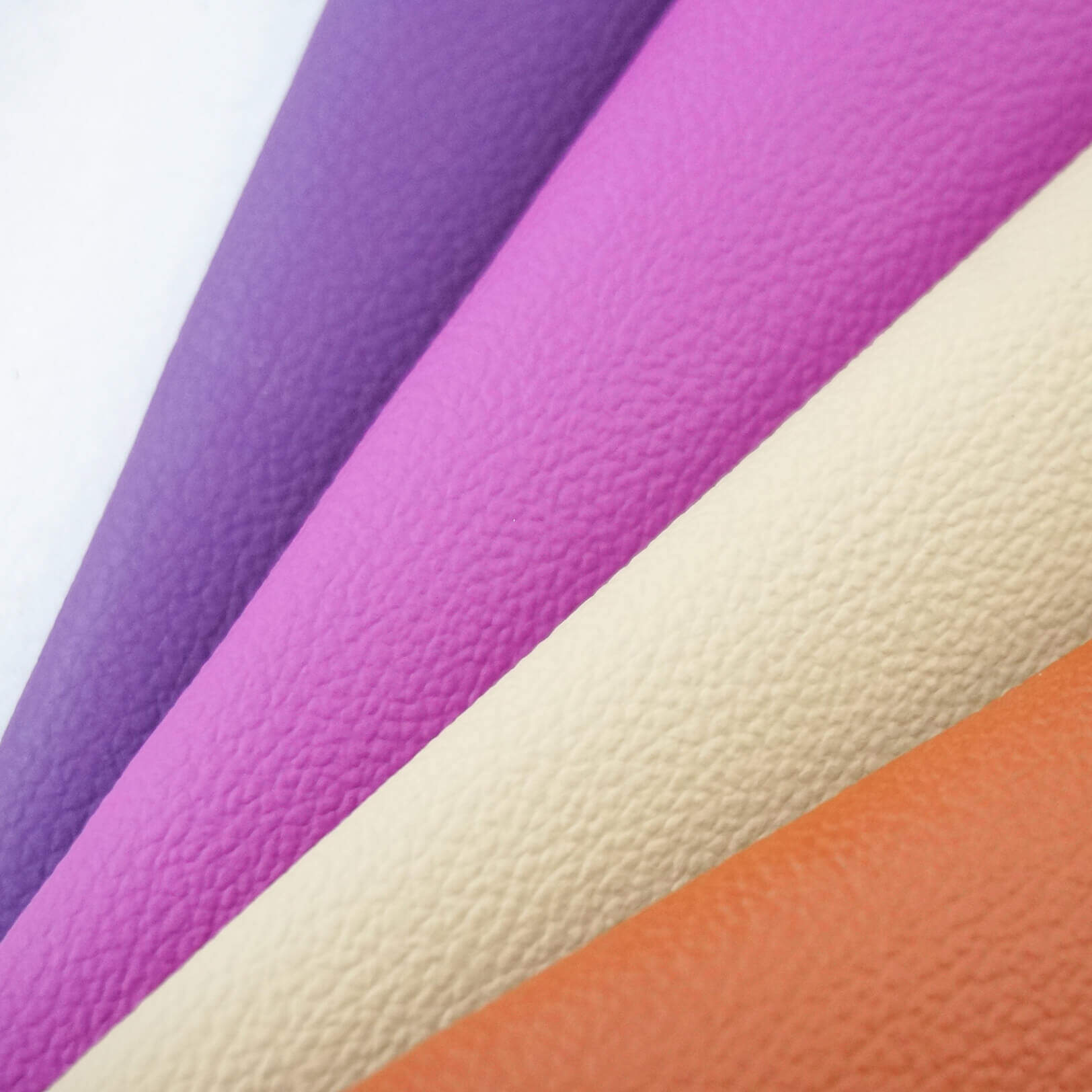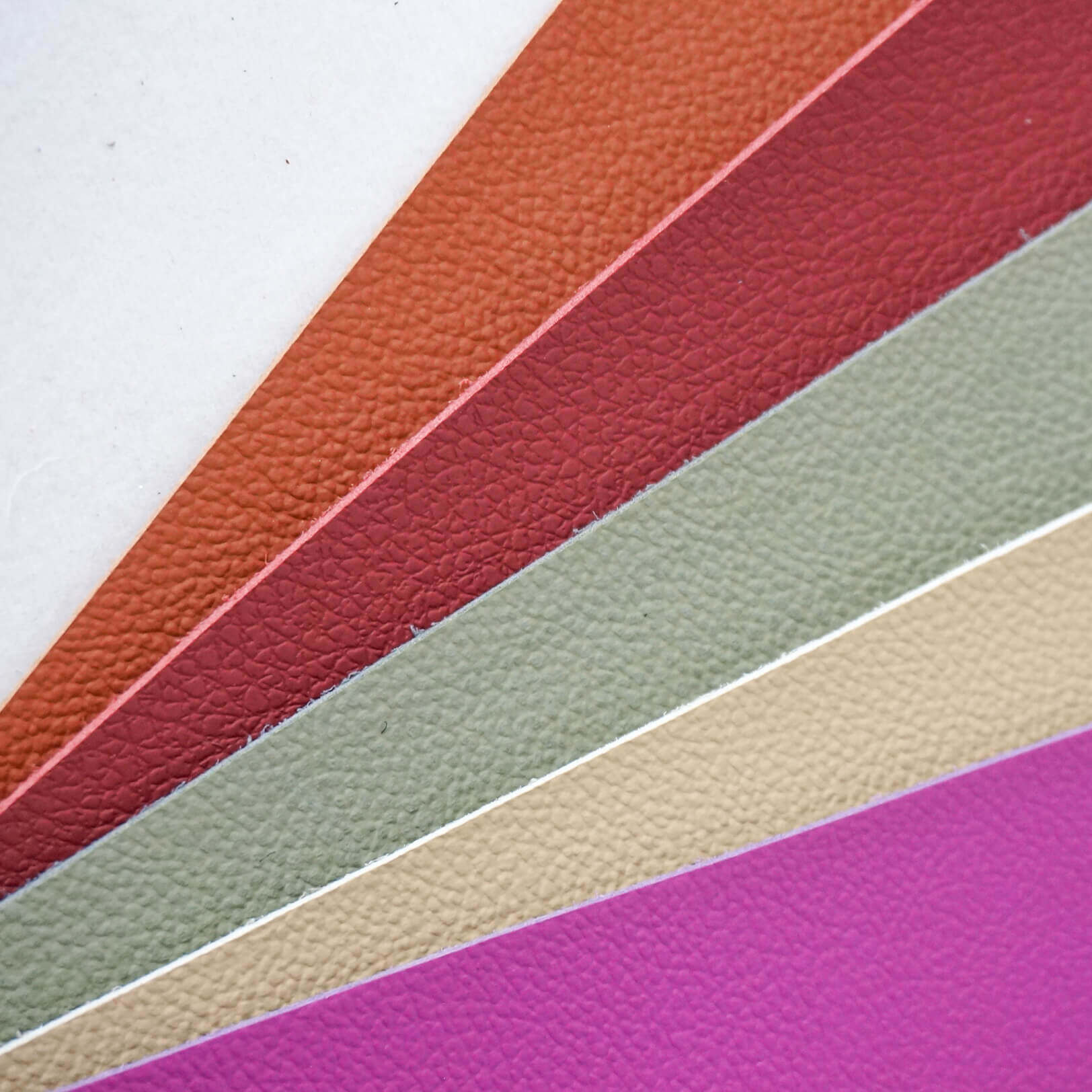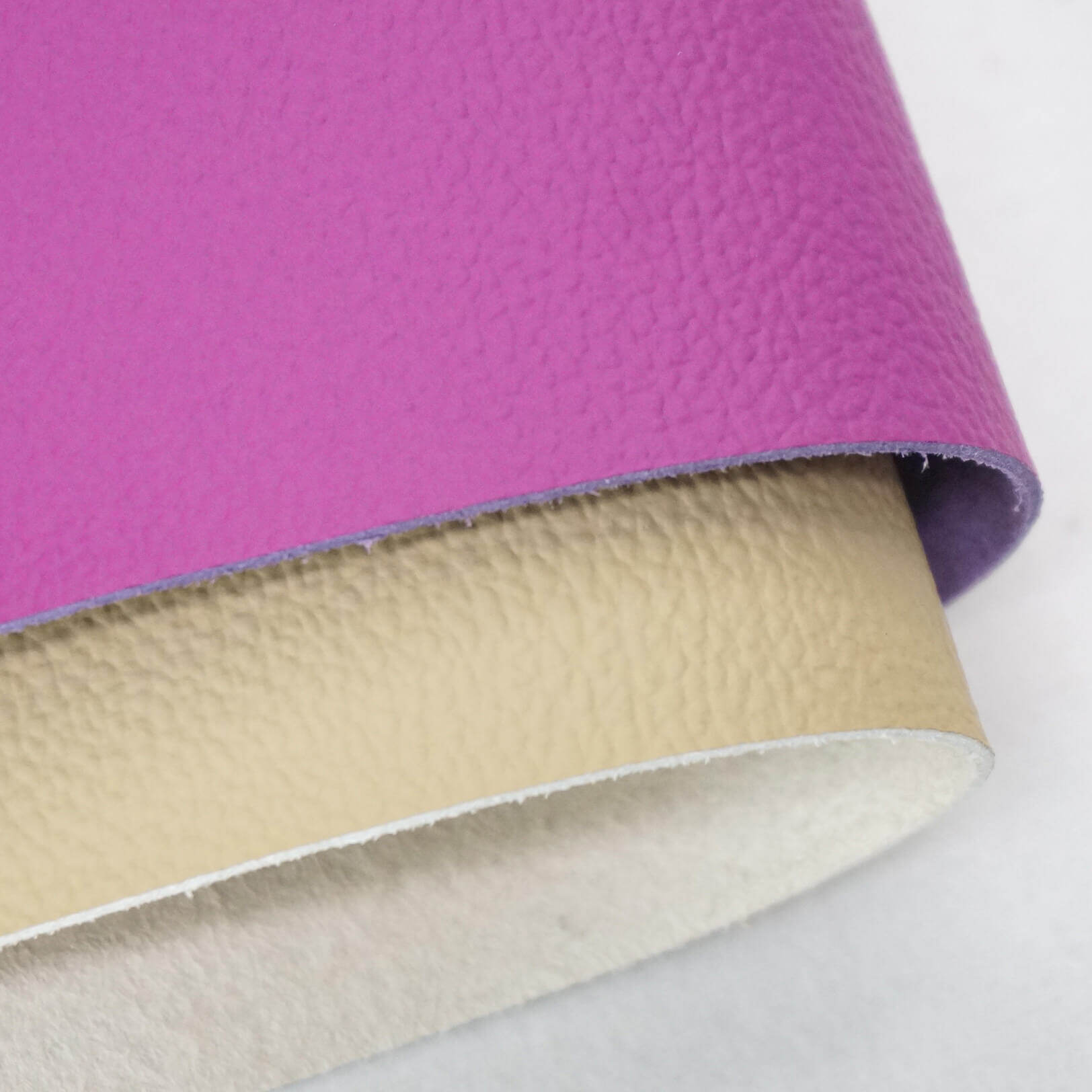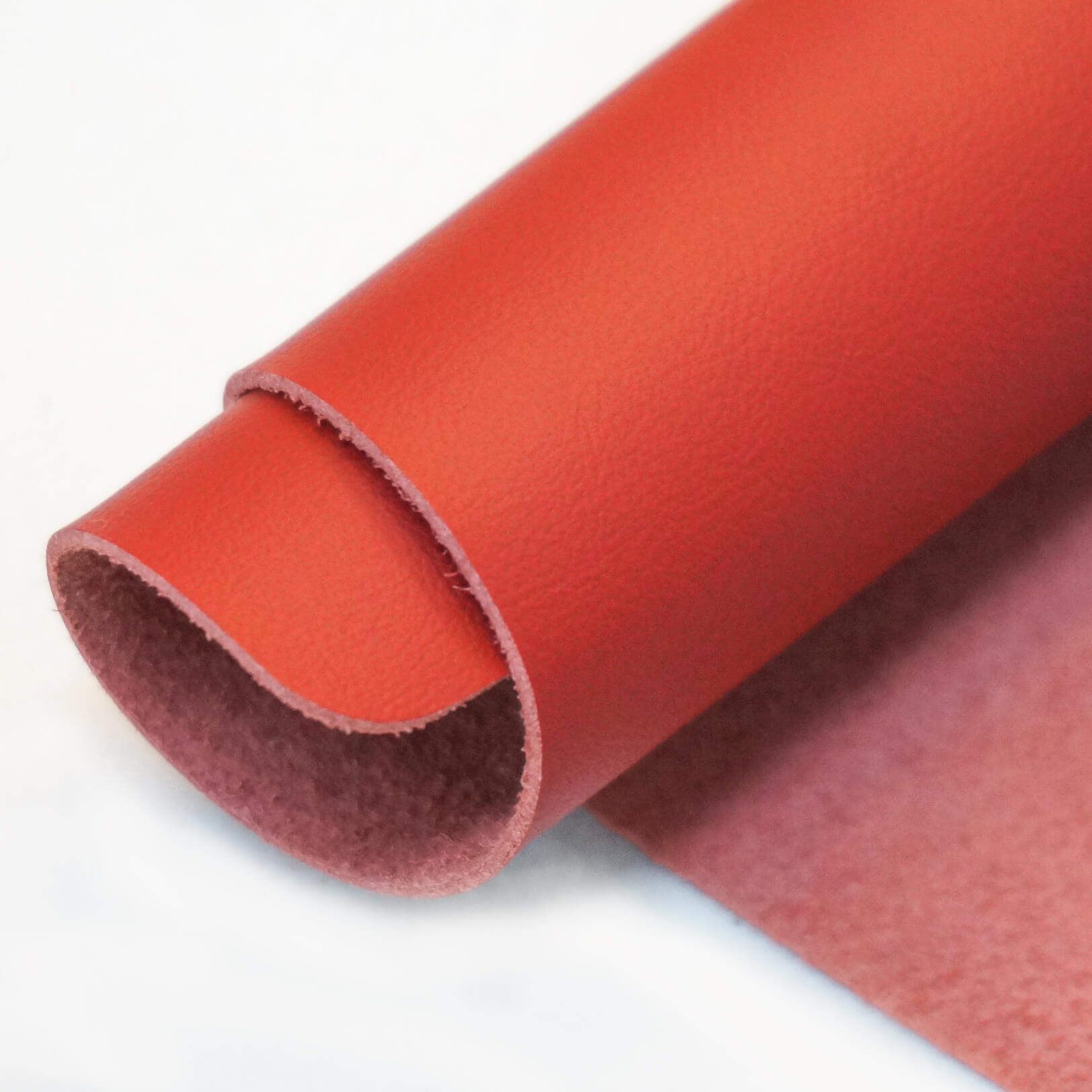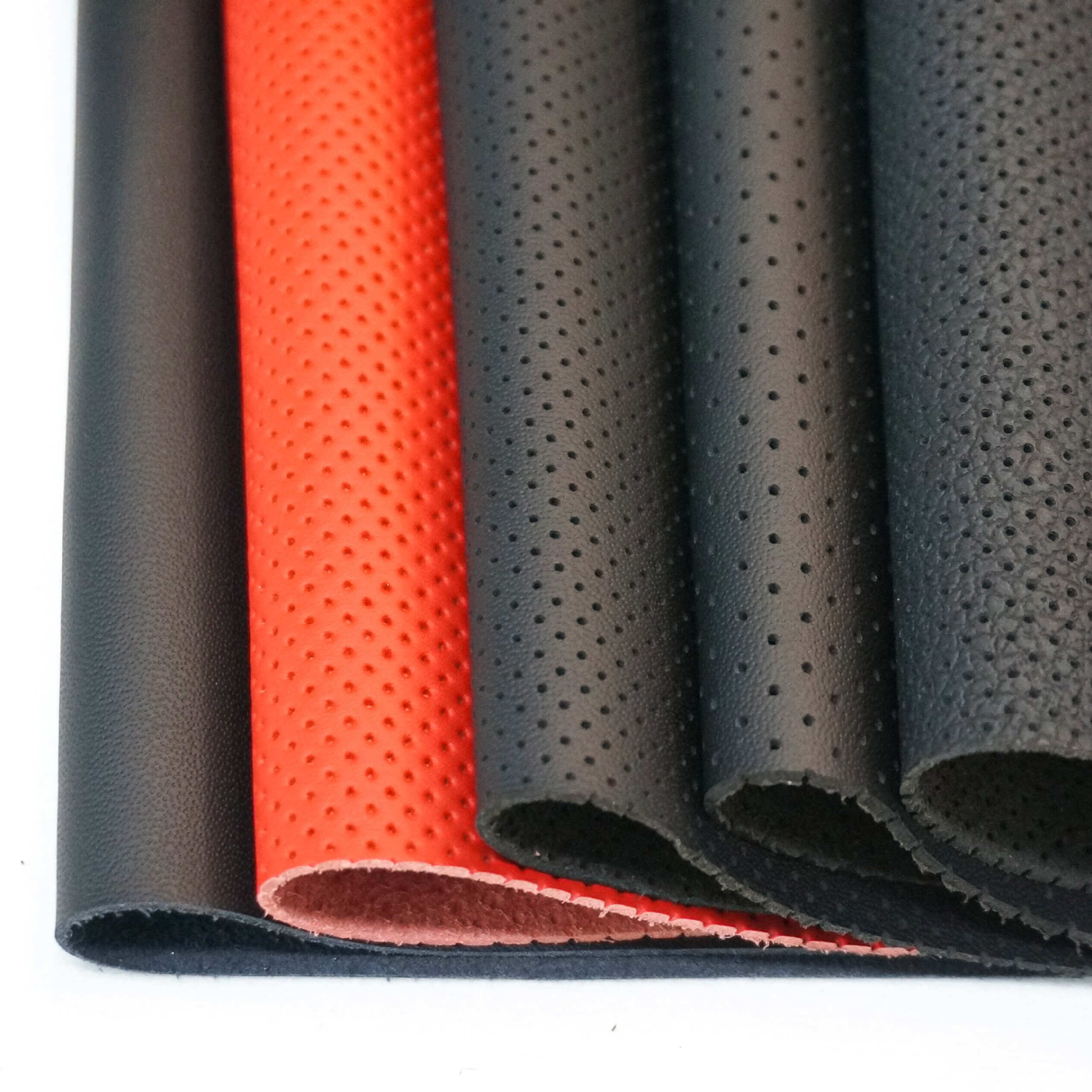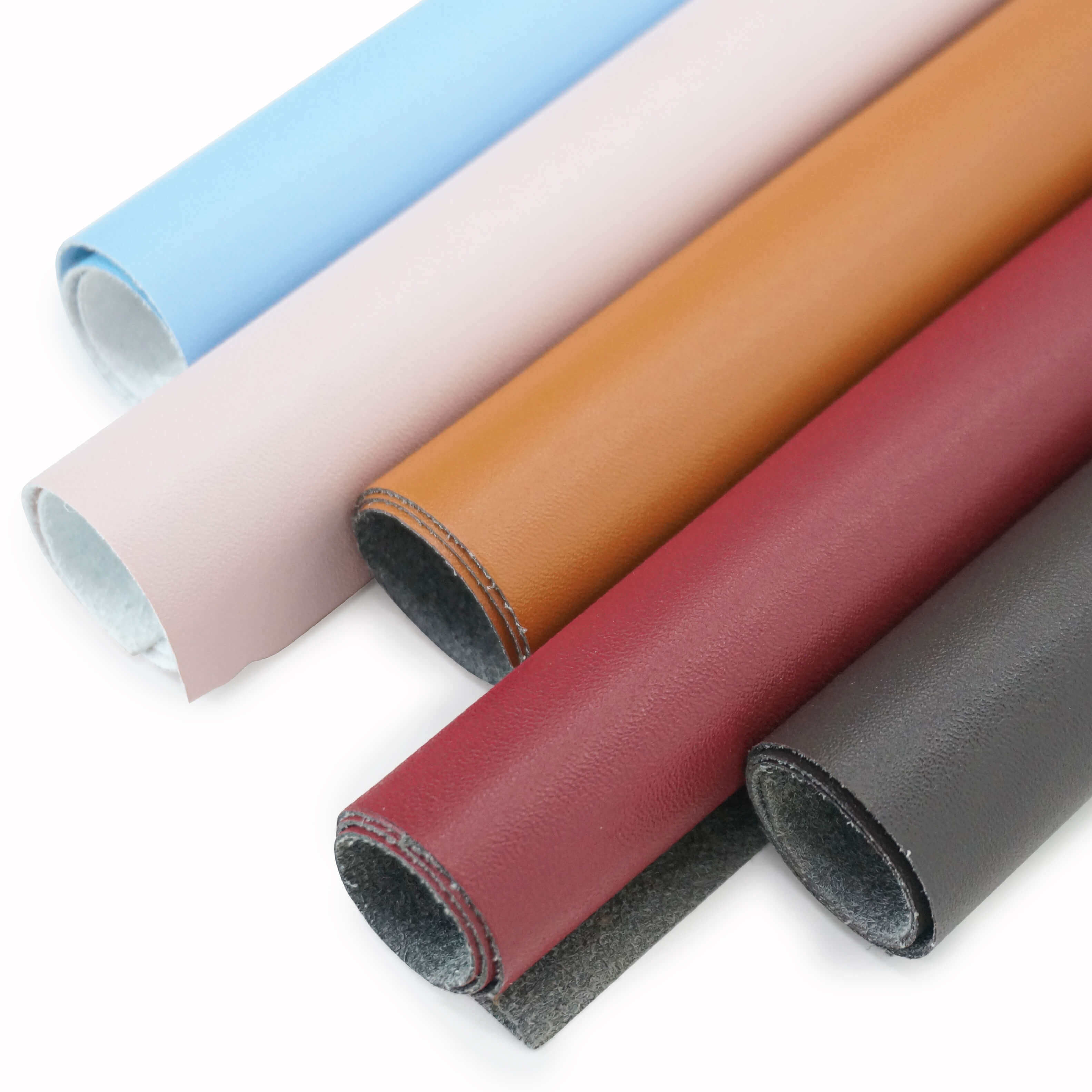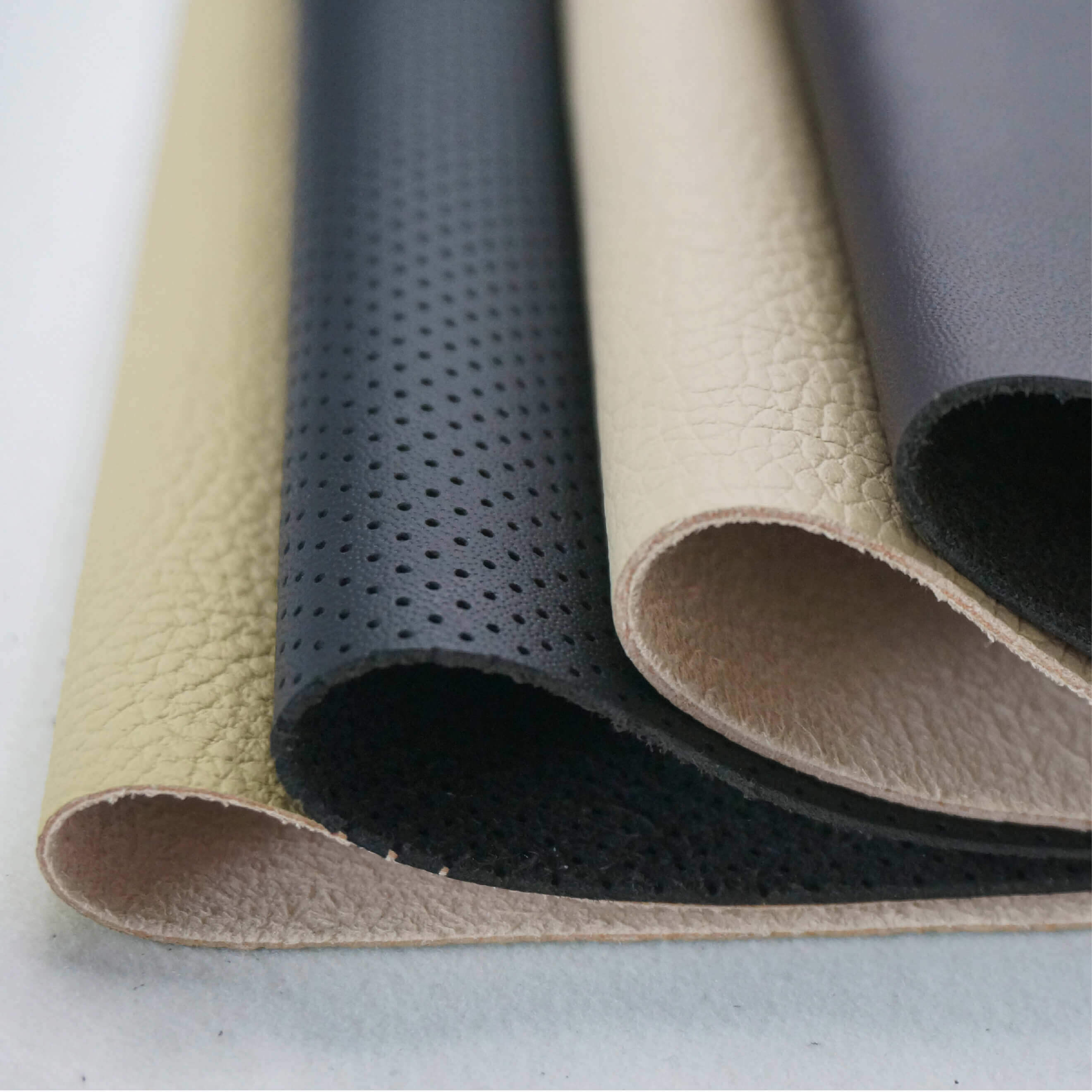Email format error
Email cannot be empty
Email already exists
6-20 characters(letters plus numbers only)
The password is inconsistent
Email format error
Email cannot be empty
Email does not exist
6-20 characters(letters plus numbers only)
The password is inconsistent

Microfiber Car Seats
Microfiber leather, also known as microfiber synthetic leather, is a type of high-grade artificial leather product made of nylon substrate, in an industrial sense, that is suitable for modern scale production while also protecting the ecology and reducing environmental pollution. As a result, many car manufacturers began to choose microfiber leather as the seat with leather in their car seat selection materials.
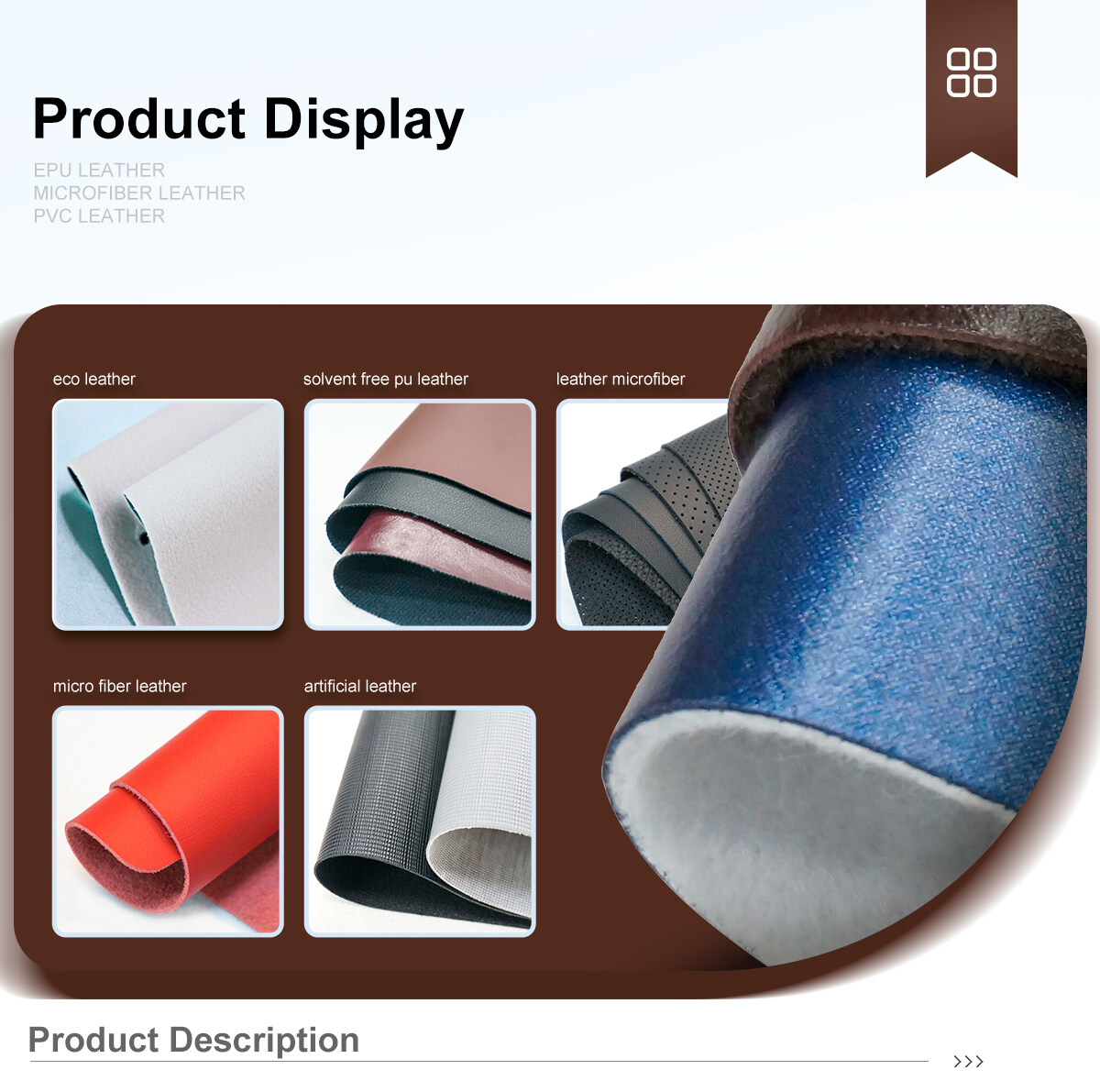
Product Description
Microfiber leather is also called microfiber synthetic leather, microfiber leather is actually a kind of high-grade artificial leather product, which is made of nylon substrate, in industrial sense, that is suitable for modern scale production, and at the same time can protect the ecology and reduce environmental pollution. Therefore, in the car seat selection materials, many car manufacturers also began to choose microfiber leather as the seat with leather.
Product Advantage
Folding fastness can be comparable to natural leather. (Temperature resistance, mechanical properties are good).
The elongation rate is moderate (leather feel good).
High tear strength and peel strength (high abrasion resistance, tear strength, tensile strength).
From production to use will not have any pollution, environmental performance is superior.
Cleaning Tips
Step One: Remove Everything From Your Car Seats
Like any room in your home, stuff just starts mounting up in your car. To get the best clean, you’ll want to remove everything that could either look junky or block your vacuum cleaner, which we’ll be breaking out in the next step. This will give you a total blank slate.
Step Two: Vacuum In the Seat Crevices
Time to suck out all those micro-crumbs, loose hairs, and dust particles. Make sure to get into all the small nooks and crannies, for which you can certainly use the hand attachment on your vacuum. Don’t forget to get in between the seatbacks and bottoms. When it comes to vacuuming your seats, use your spare hand to separate the seams in the cloth so that you can use the other hand to press firmly down with the vacuum, sucking up everything you can’t see.
Step Three: Spot Treat Car Seat Stains
Spray a light coating of fabric cleaner on any area that needs extra attention, like coffee splatters, or muddy prints. Be sure to follow the directions on the label, but usually four or five sprays will be enough to saturate the area without overdoing it (too much spray can result in gross, mildewy smells that are even worse than the stain itself). For anything plastic, like the steering wheel, belt buckles, or parts of the dashboard, use a quality multipurpose spray.
Step Four: Brush and Wipe Down Your Seats
After you spray, use a brush to vigorously loosen the dirty particles in your seats. When you’re done, we recommend a microfiber cloth to wipe away any dirty suds. The soft fibers are more absorbent than regular towels and unlike paper products, they don’t leave behind a trail of lint. Use as many fresh microfiber cloths as it takes so that you’re not reinserting any of the dirt back into the seat.
Step Five: Keep Scrubbing and Spraying!
It may take a few times to spray with a spot treatment, scrubbing with a brush, and wiping dry with your microfiber towels to fully realize the cleaning effect you desire. Be patient and repeat until the stains are gone.
Step Six: Vacuum Those Seats Again
Vacuum any of the affected areas again to suck up any of the remaining, dirty particles. This also helps to dry the sprayed areas, an important step since wet cloth can mildew and cause an unwelcome scent later on.


